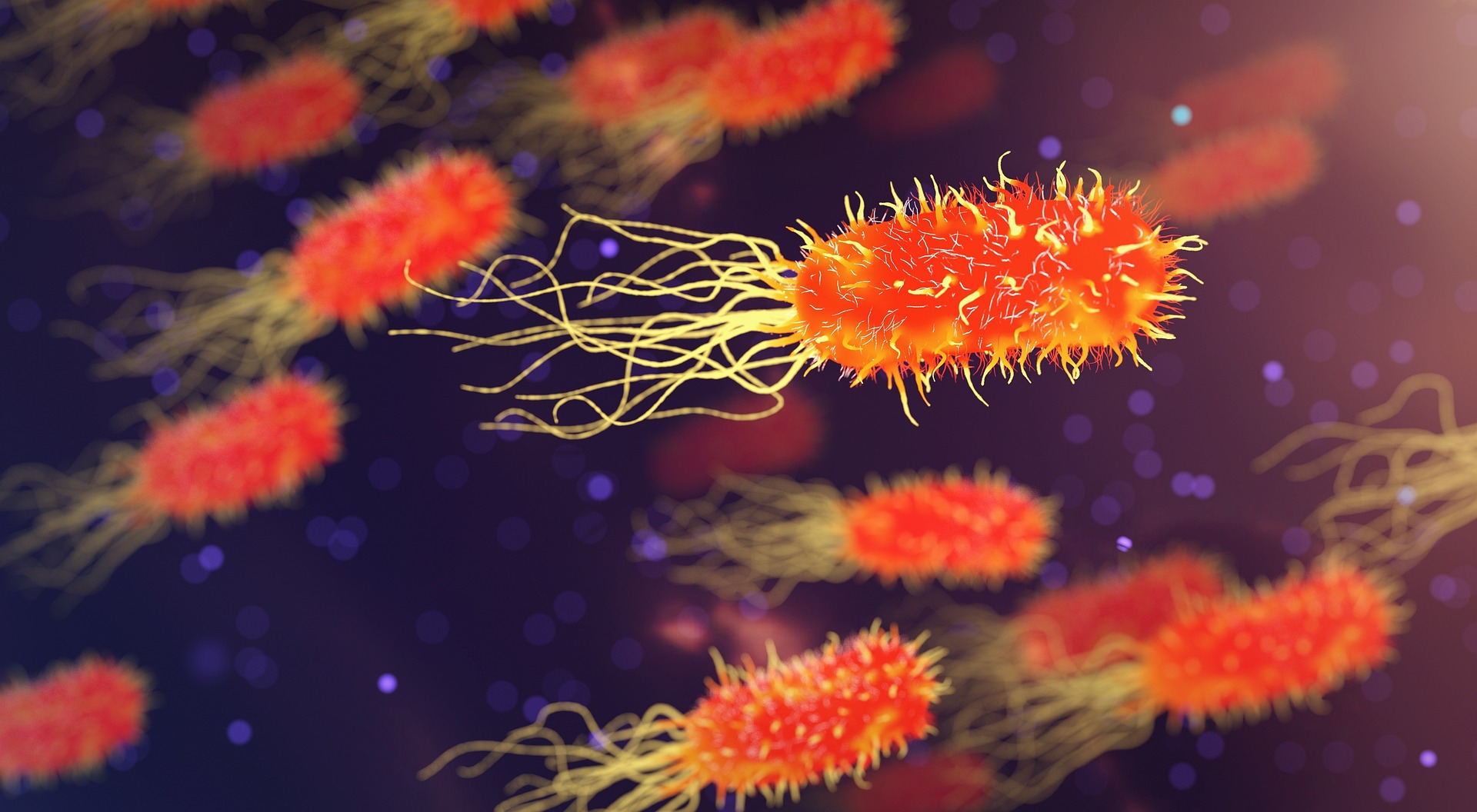Die letzten Meldungen
Wissenschaftler*innen tauschen sich an der TH Lübeck über nachhaltige Wasserbewirtschaftung aus
Teddy und Co. müssen ins Krankenhaus
Kommunikationsoffensive Tierversuche in der Krebsforschung
Gastprofessur-Vortragsreihe: Untersuchung von Proteinen und ihrer Umgebung
Bakterien für klimaneutrale Chemikalien der Zukunft
Diversity is the key
The so-called B cells are part of the immune system’s memory. Their memories of previous infections or vaccinations provide the template for antibodies that have a protective effect the next time they come into contact with a pathogen. Researchers at TWINCORE, Centre for Clinical and Experimental Infection Research, have now been able to show that the combination of infection and subsequent vaccination in the case of the SARS-CoV-2 coronavirus even protects against future variants of the virus by the memory cells virtually predicting the future. The team describes how this works in the „European Journal of Immunology“.
After stroke and heart attack: A cause of immunodeficiency identified
Vielfalt als Schlüssel
Die B-Zellen sind Teil des Gedächtnis des Immunsystems. Ihre Erinnerungen an frühere Infektionen oder auch Impfungen liefern die Vorlage für Antikörper, die beim nächsten Kontakt mit einem Krankheitserreger schützend wirken. Forscherinnen und Forscher des TWINCORE, Zentrum für Klinische und Experimentelle Infektionsforschung, konnten nun zeigen, dass die Kombination aus Infektion und anschließender Impfung im Fall des Coronavirus SARS-CoV-2 sogar vor zukünftigen Varianten des Virus schützt, indem die Gedächtniszellen quasi die Zukunft vorhersagen. Wie das funktioniert, beschreibt das Team in der Fachzeitschrift „European…

